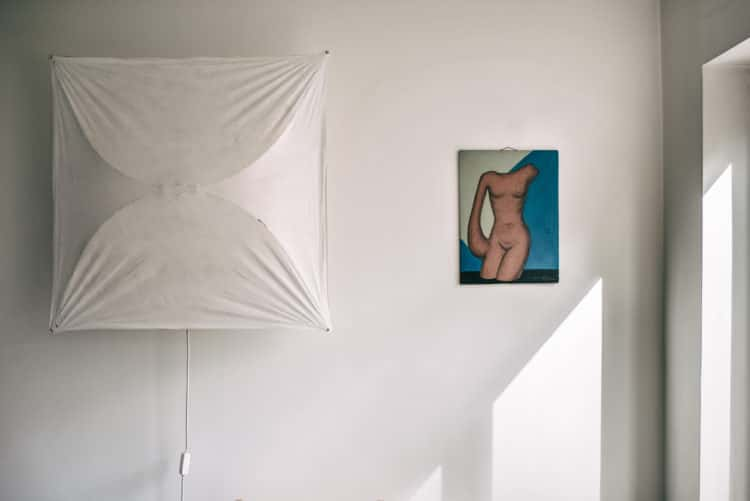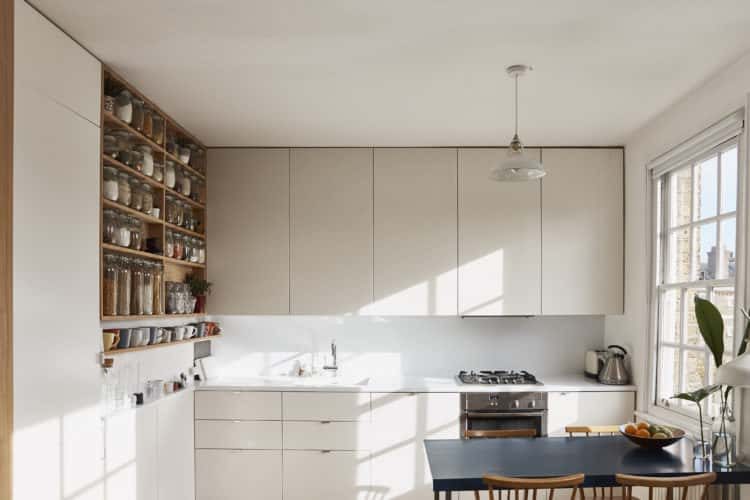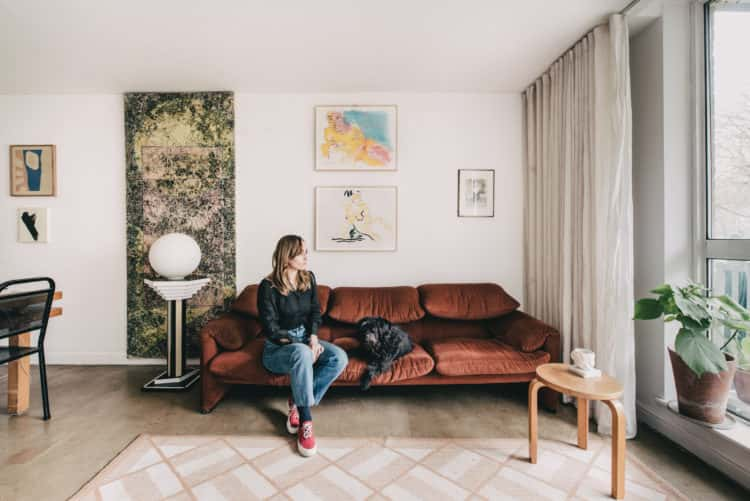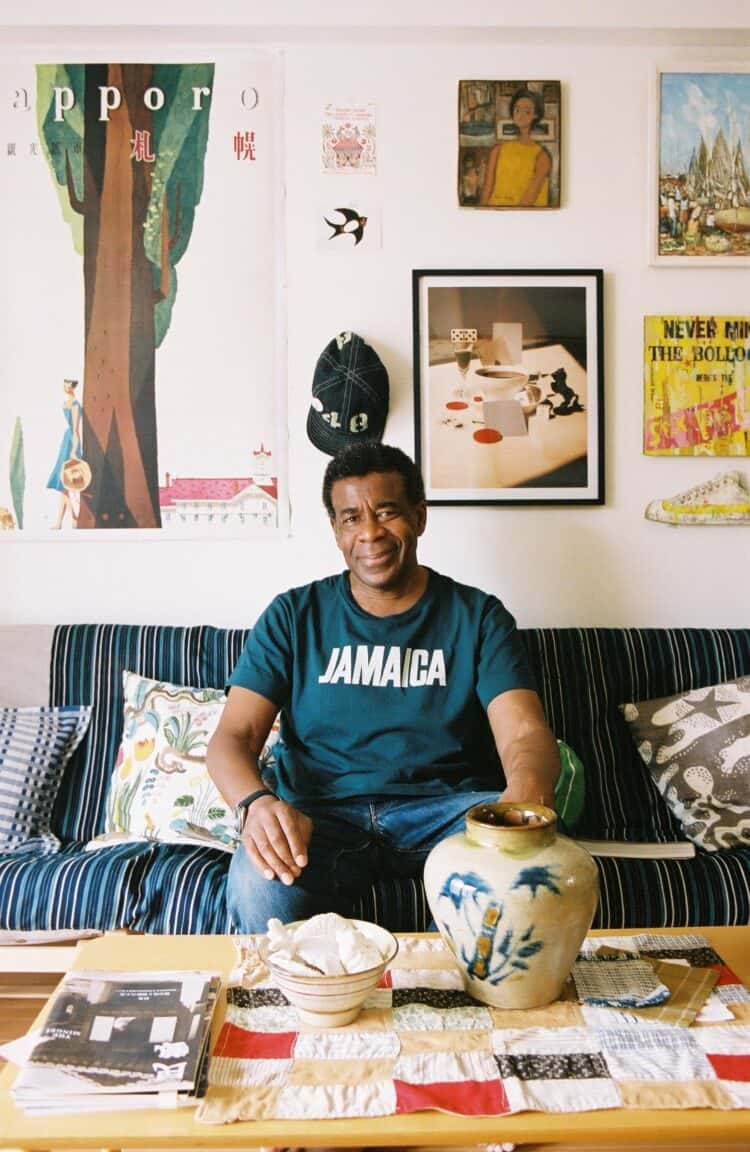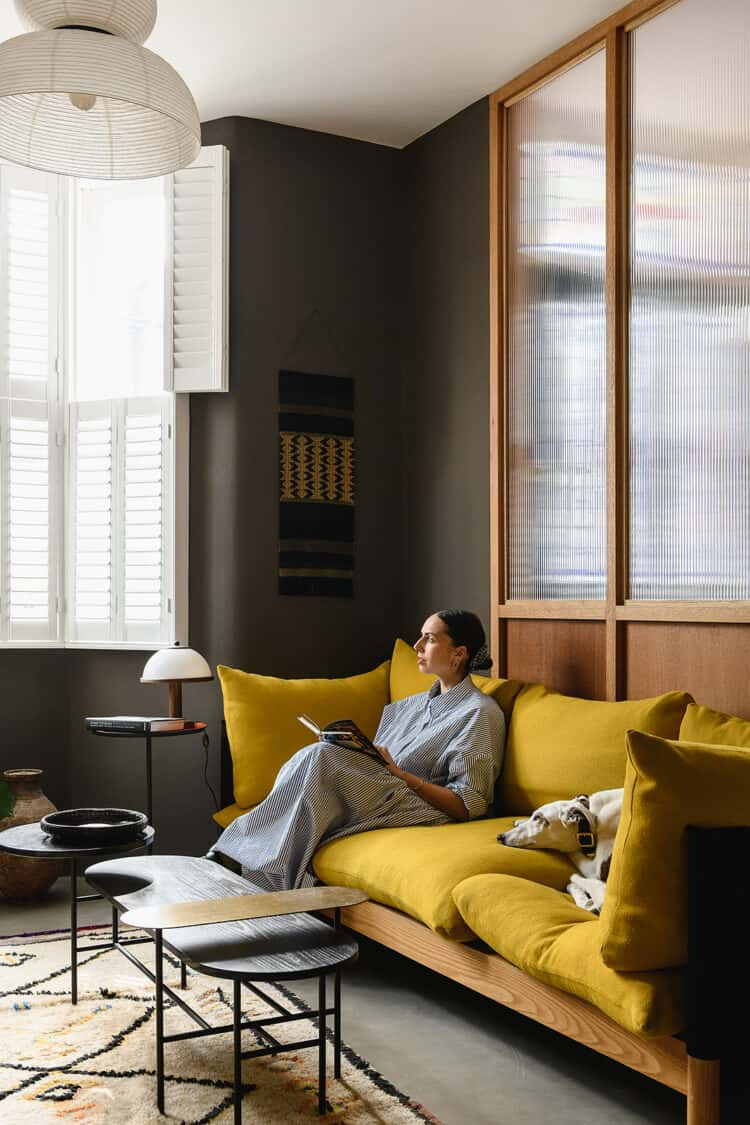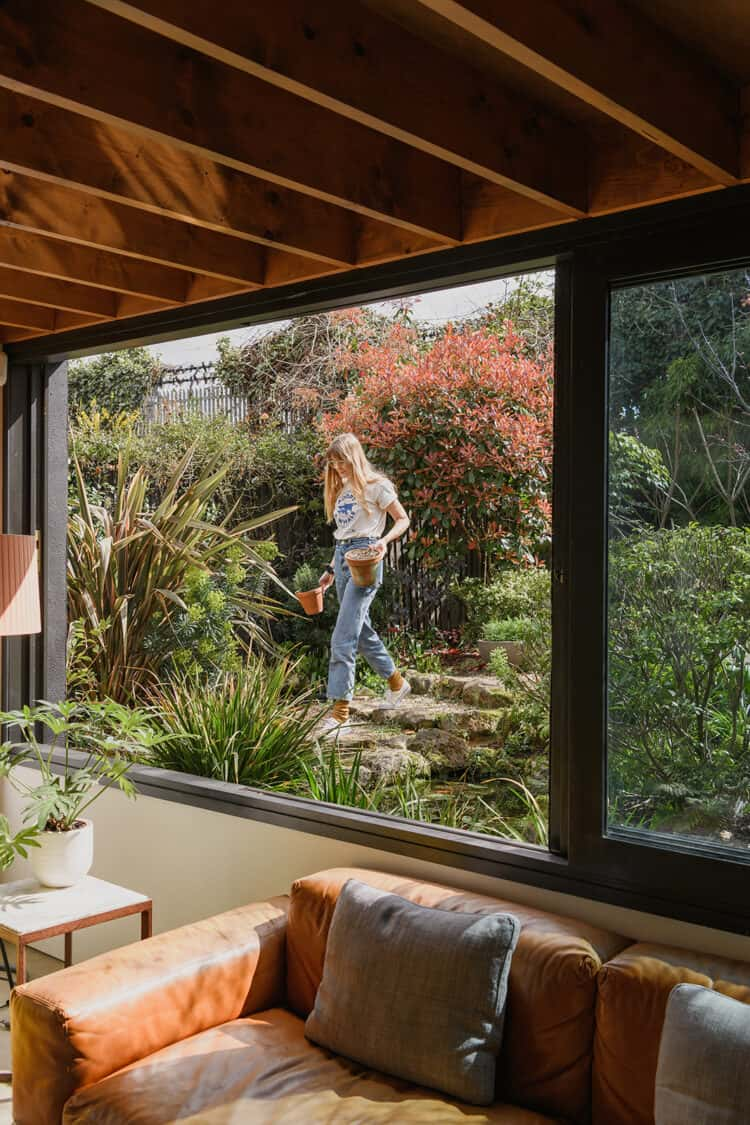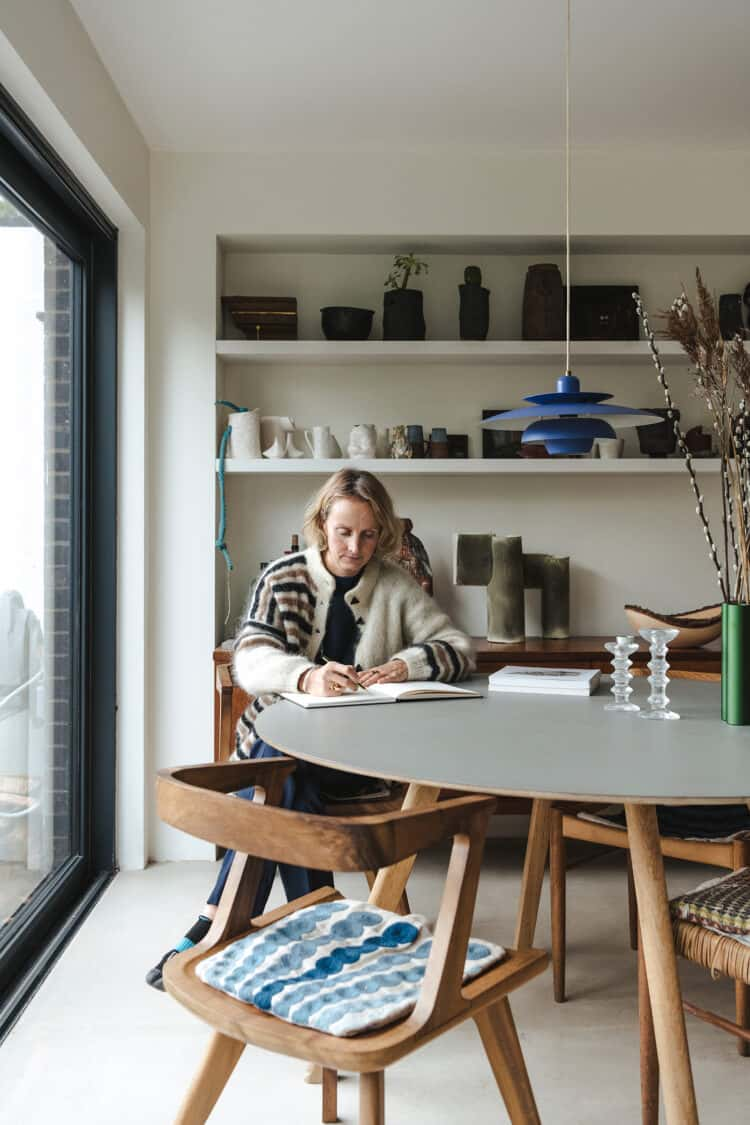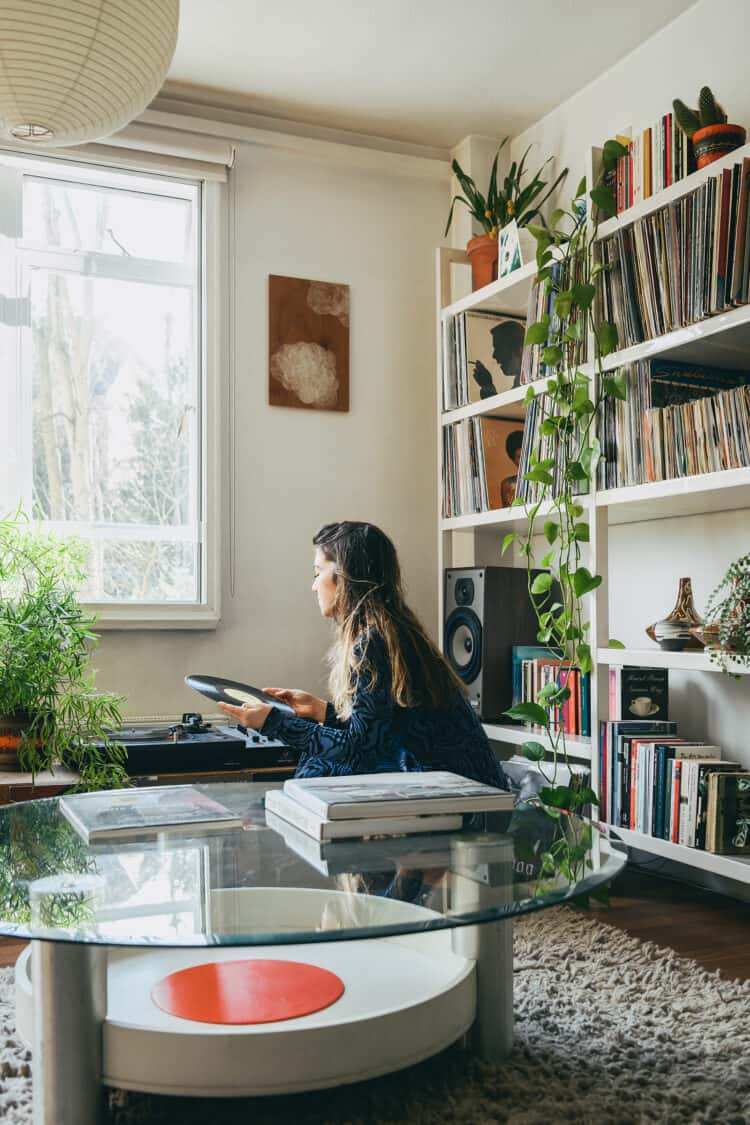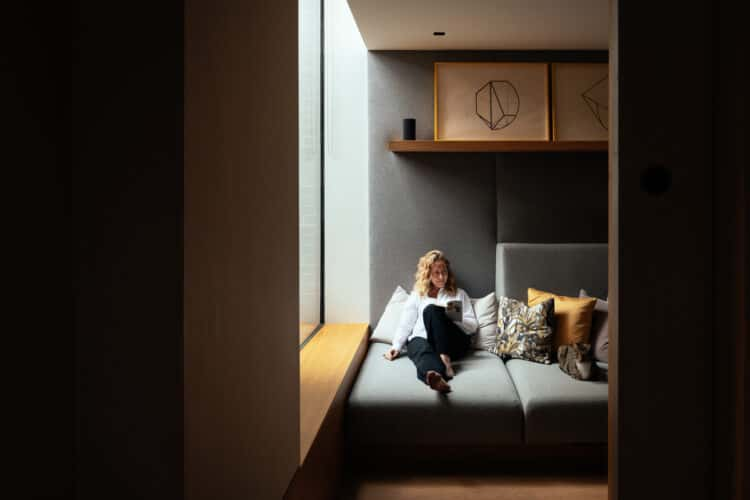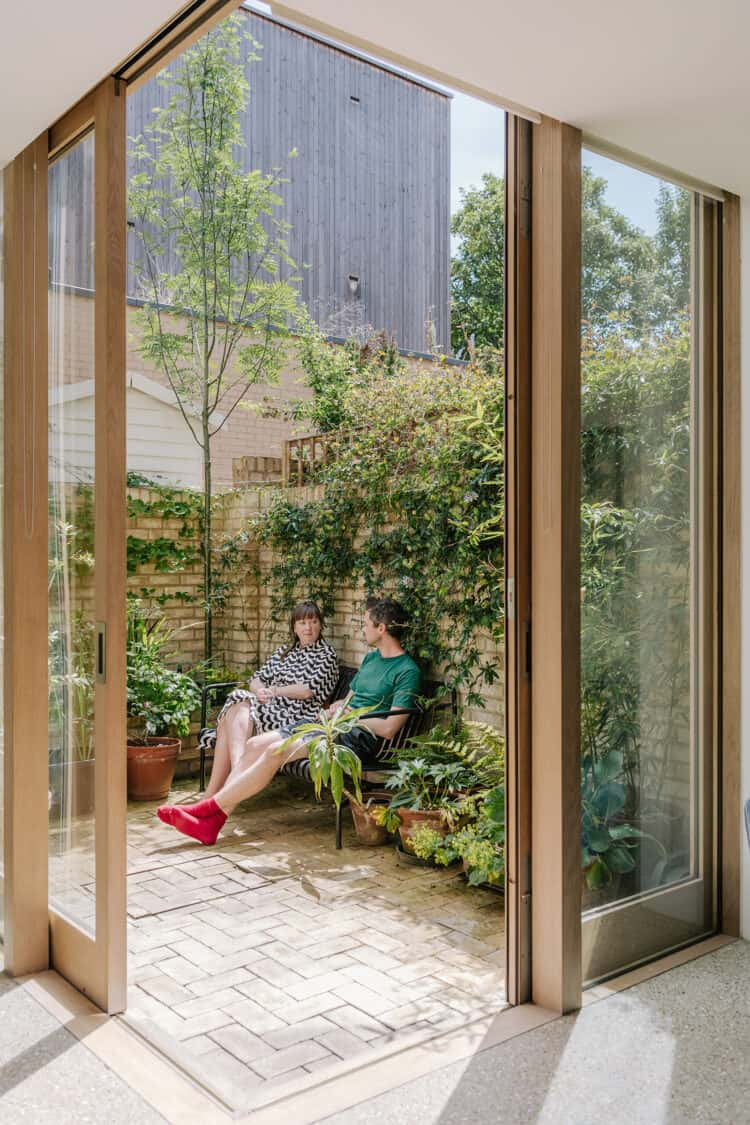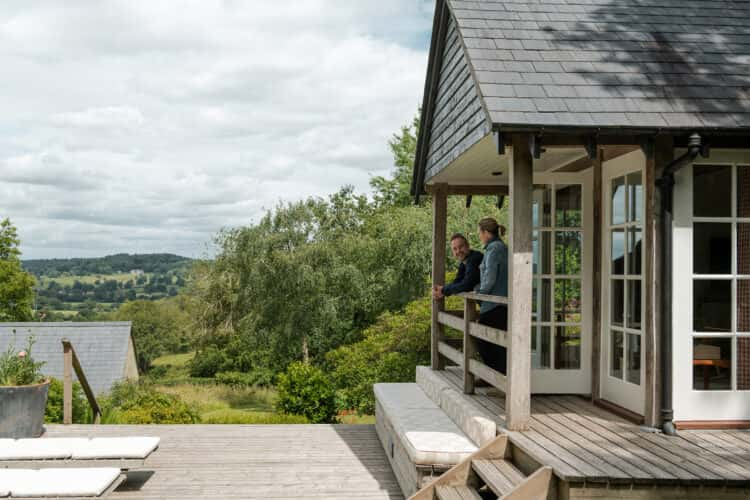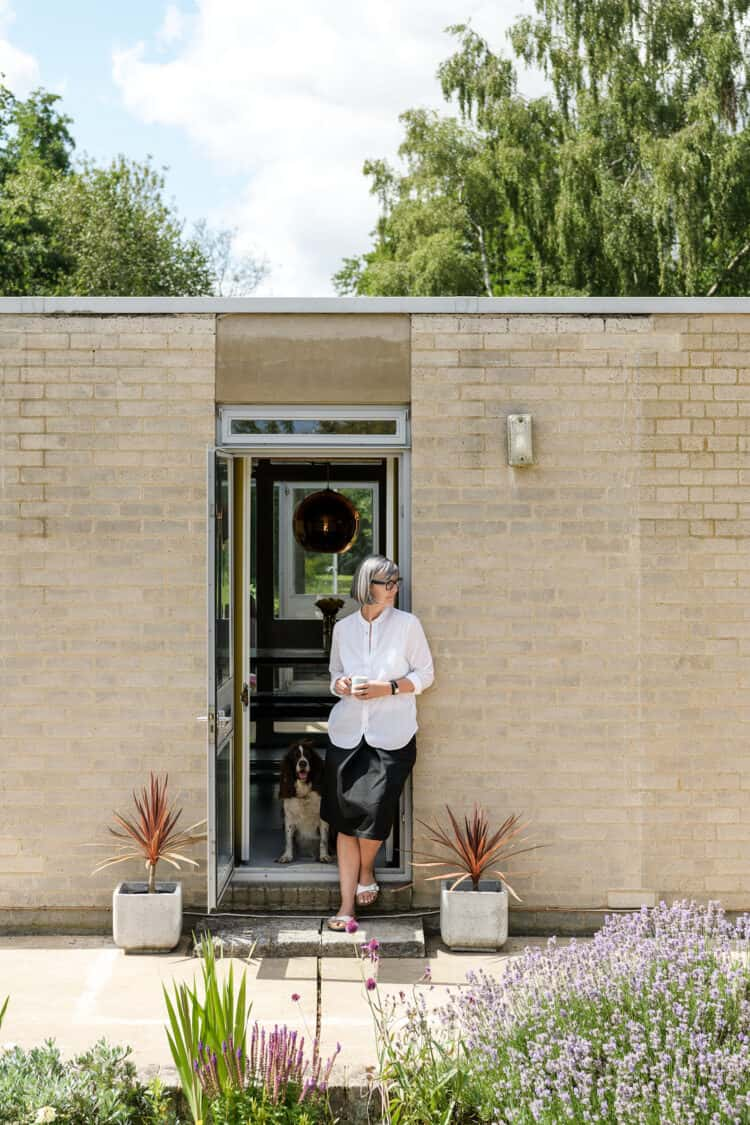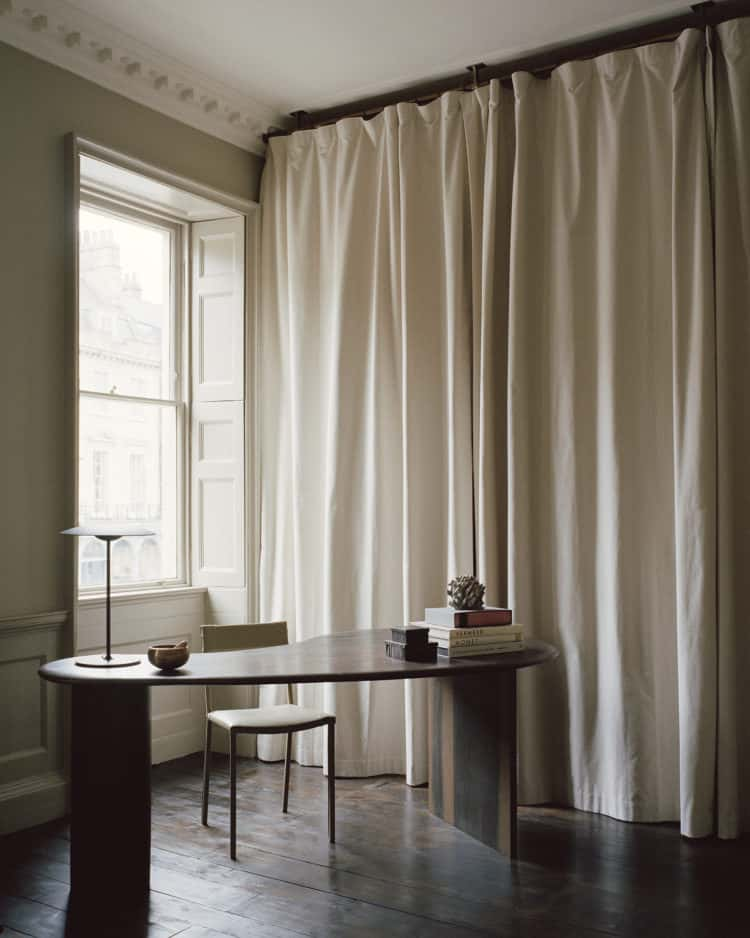My Modern House: how to upgrade a rental flat with The Peanut Vendor founders Barny Read and Becky Nolan in Bow, east London

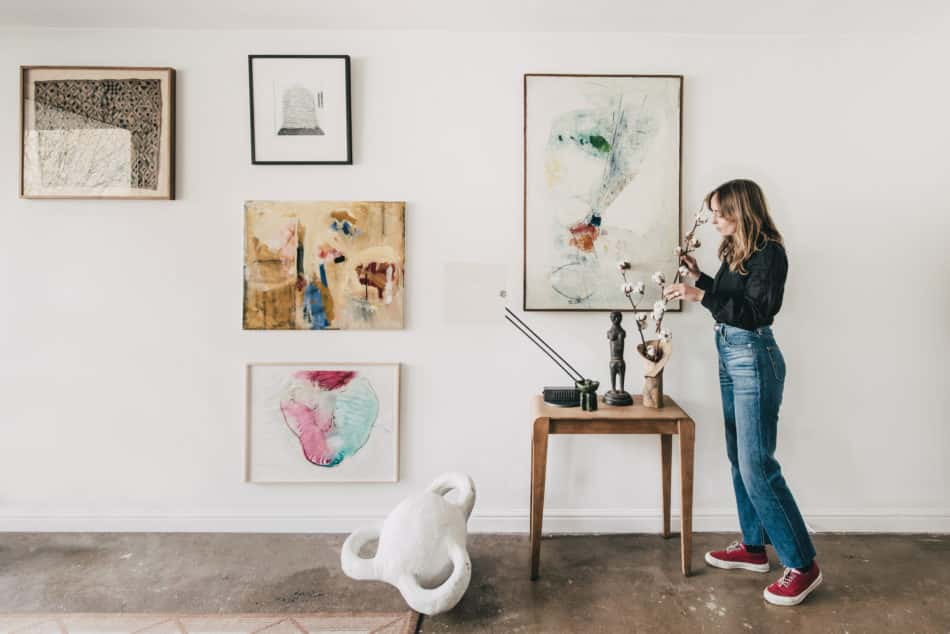
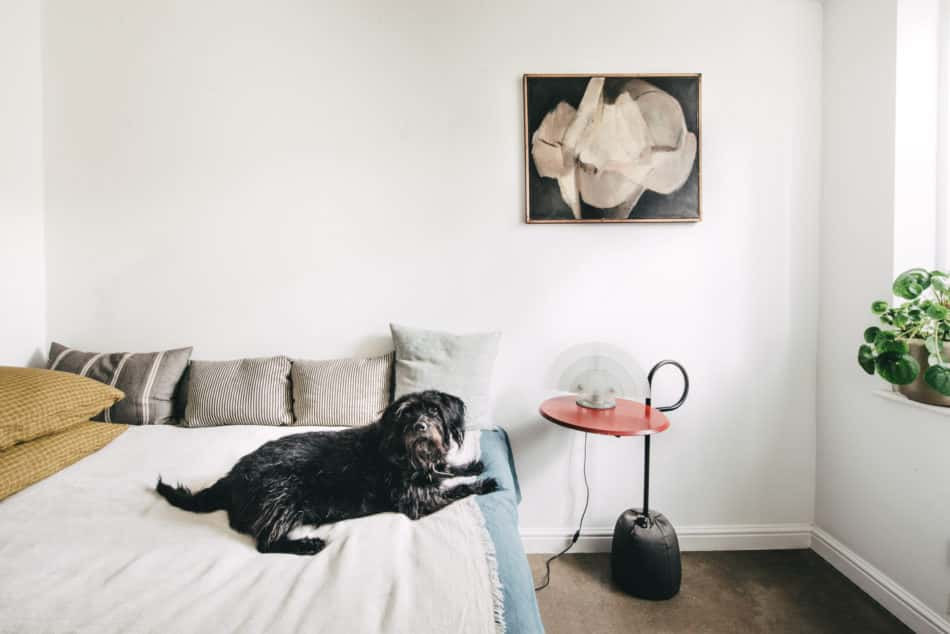
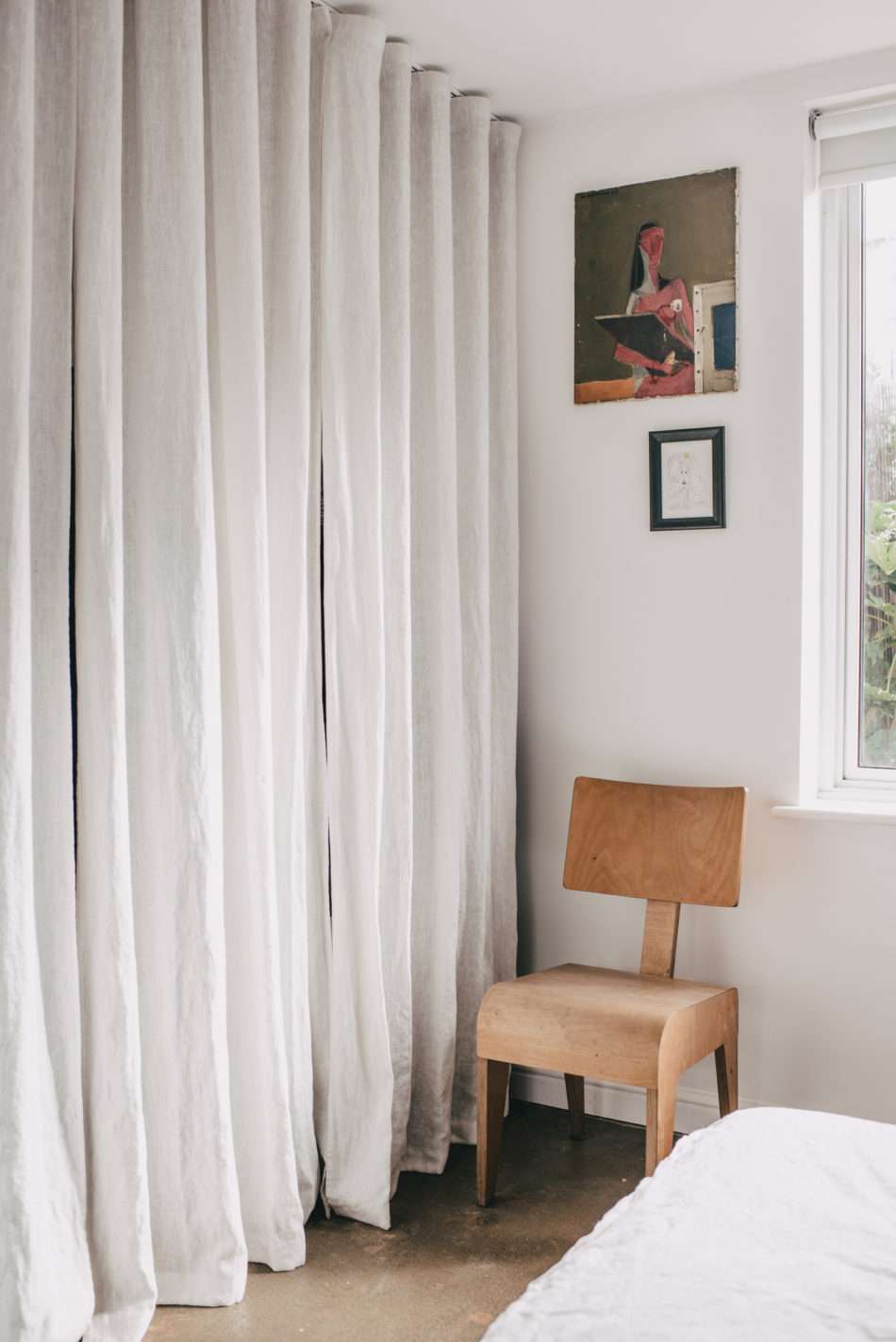
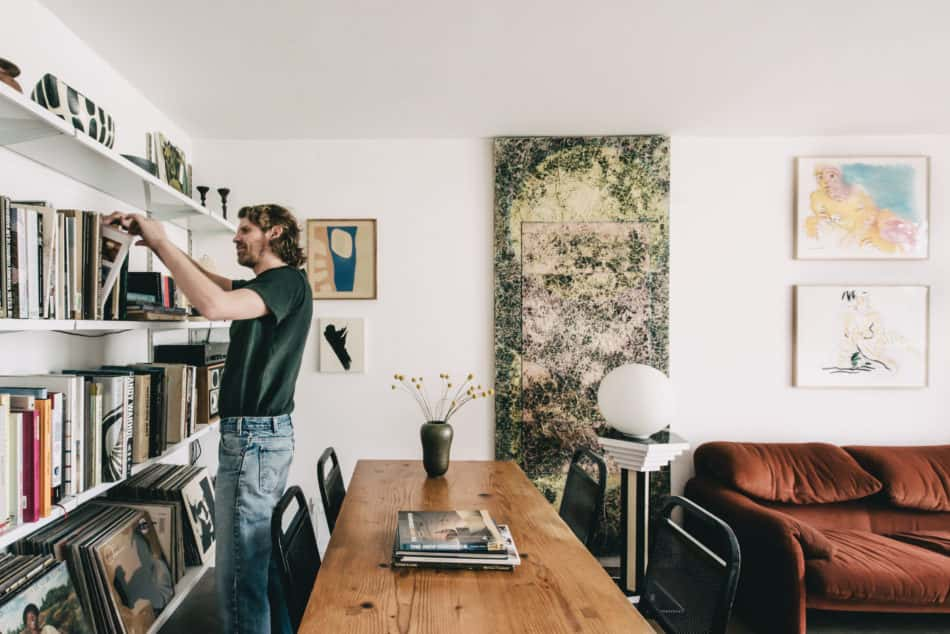
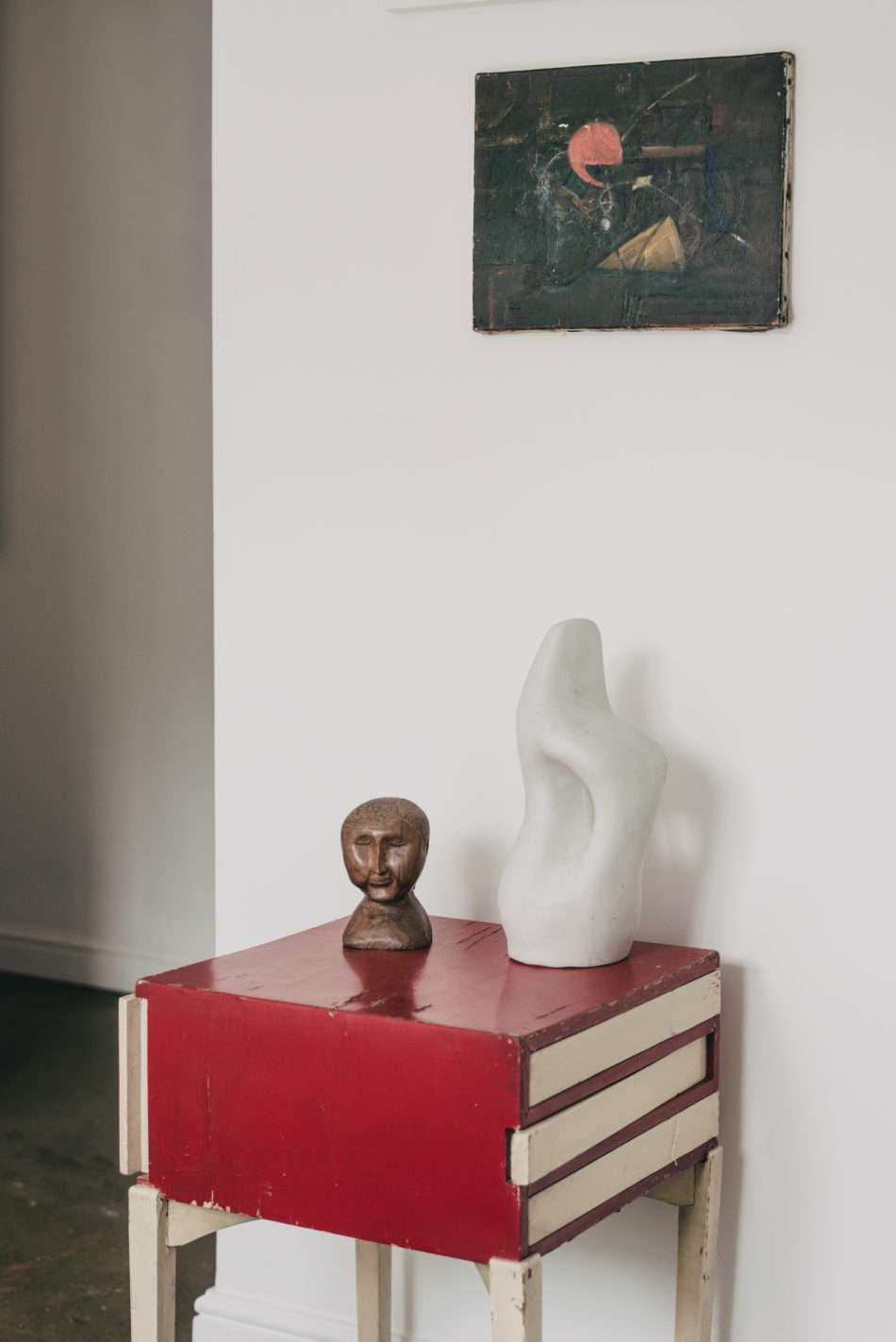
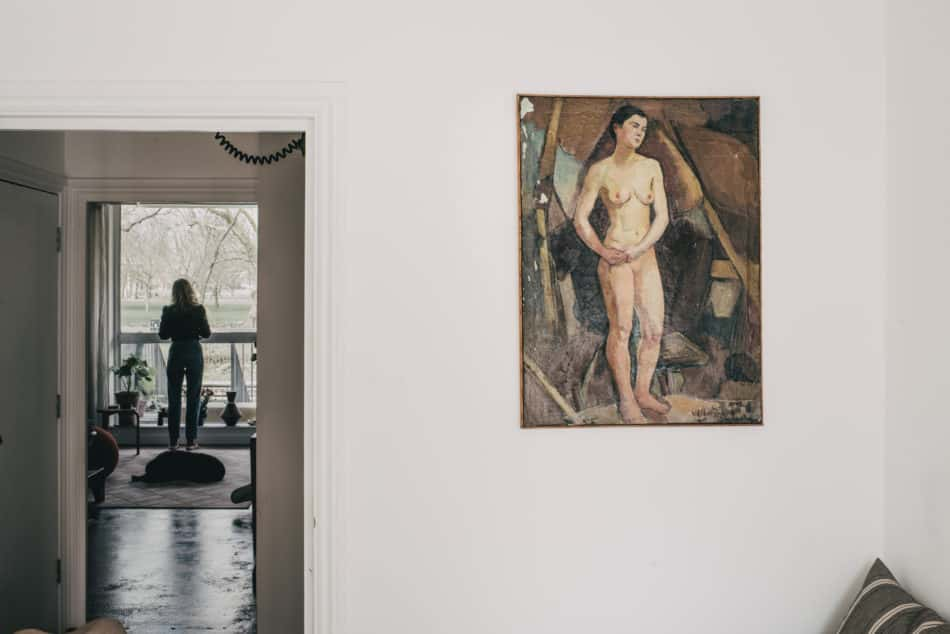
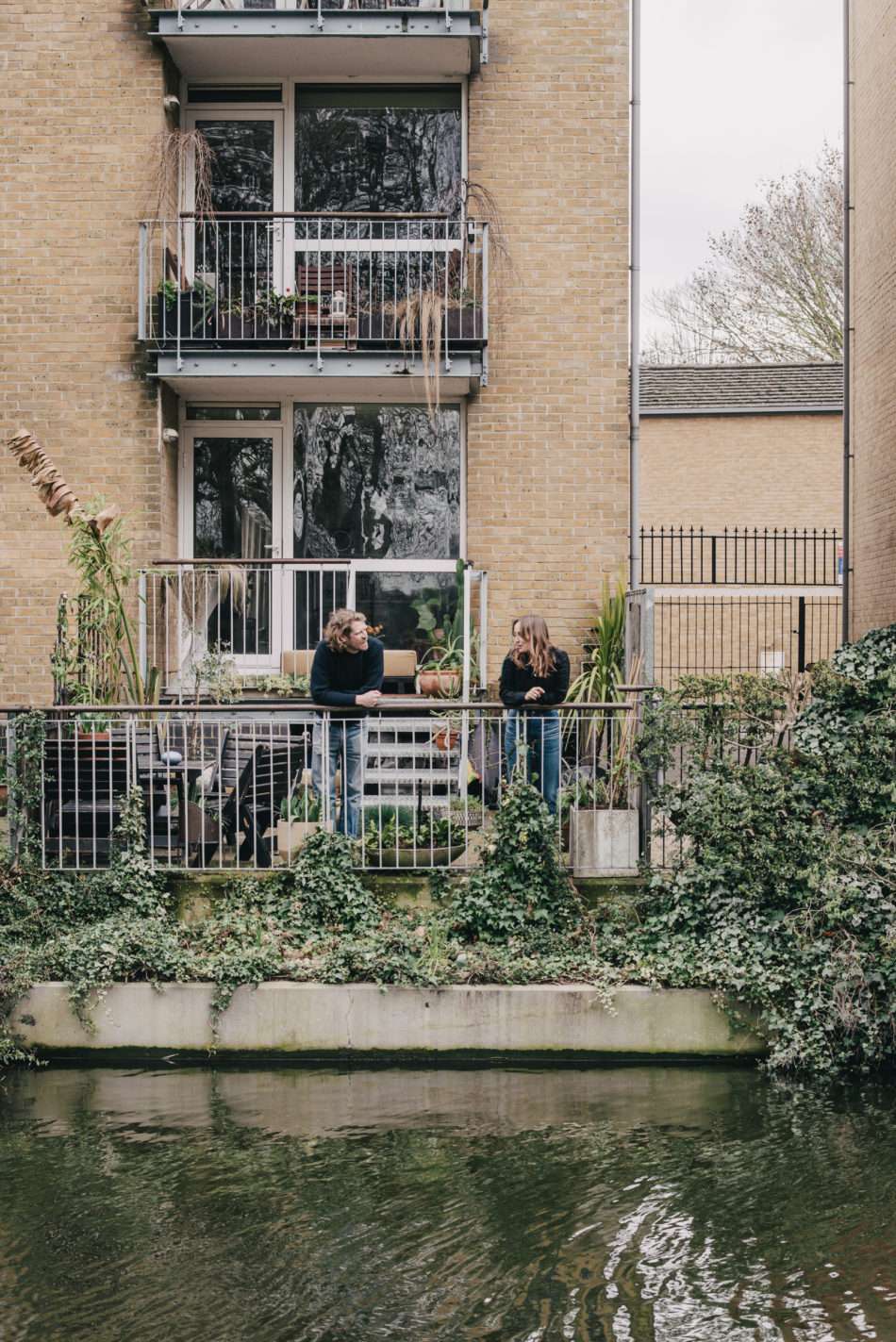
The Peanut Vendor is a vintage furniture and design dealer established by Barny Read and Becky Nolan in 2008. Its shop in Bow, east London, holds a covetable stock of mid-century and late 20th-century pieces sourced on the continent; a visit there might feature an original 1960s Olivier Mourgue Djinn chair, a Mario Bellini sofa or a sculptural lamp by an unknown maker – we’ve always loved the unpredictable mix.
A short walk from their showroom, Becky and Barny’s home, a
rented flat overlooking the Hertford Union Canal and Victoria Park, proves a
natural extension of their shop floor, serving as a depository for a revolving mix
of surplus stock, pieces they want to live with for a while and things they’ve
collected over the years. Here, they share their secrets for how to upgrade a
rental flat, tell us about the joys of gardening and why their plans for
minimalist living went awry.
Becky: “We’d been together for about a year
when we started The Peanut Vendor. We were in our early twenties, we didn’t
have any commitments and just liked the idea of doing something for ourselves.
“I don’t think we thought about it that much, we just bought
and sold stuff we loved or were interested in and I don’t even think we had any
aspirations for it to be about design in the beginning. It’s something that
just came naturally and evolved over time, as we did.
“It was a completely immersive experience. We learnt to buy
and sell old furniture and then we started getting into more well-known pieces.
It’s crazy that you don’t really understand how you develop the knowledge for
it, it just comes naturally as you learn on the job.
“We were in Finsbury Park before, not far from our old shop on Newington Green Road. We lived in a flat in a Victorian building with huge windows, lots of light and spacious rooms. It was great, but we needed a garden, mostly for our dog, Cooper. After dealing with the commute to Bow for a while, we decided to move.
“I don’t think we had ever considered a place like this
while we were living in a period flat. Our only criteria, though, was that, if
we were going to move, it had to be special. We didn’t know what that would be,
so we were up for seeing everything, which led us here.
“It didn’t look like this at all, but we came in and saw how
the garden runs down to the canal, with Victoria Park on the other side. It’s a
unique position, and we knew we had found something special.”
Barny: “Looking out onto the park is quite
rare in London. To be able to stare out of your apartment and see blackness, as
if you’re in the countryside, is pretty special. And there’s lots of fish and
wildlife that we see.”
Becky: “It’s a rental, so we haven’t done
anything major, but we made a deal with the landlord that we would only take it
if we could make changes. We got her over to the shop and explained what we
wanted to do, and it was a bit of a win-win for both sides (assuming she likes
what we did!).
“You don’t need to own a furniture store to make a rental a bit nicer, though. We just thought about design ideas for rentals that would be easy but effective. So, we ripped up the brown carpets everywhere to expose the concrete floors, which we lacquered for a nice quick Brutalist fix. We changed the kitchen worktops, all the door handles, all the fixtures and fittings for the lights and changed the curtains in every room.
“It was only cosmetic and not super expensive but it’s changed the whole feel of the place. Most of what decorating a rental apartment is about is just creating a blank canvas. From there, we could display the pieces and things that we like.
“The life-changing thing has been the opportunity to grow
things outside. It’s so good for your mind. Last year we went nuts for
vegetables, which is just so pleasing. But now I’ve scratched that itch and I’m
starting again; I want to see flowers this year. Hopefully, by the end of the
summer it’ll be looking lovely.”
Barny: “The relationship between our home
and shop is quite fluid. Some things we put in here and think we’re going to
have forever, but then we might find a replacement eventually. The nature of
the way we buy and sell stuff means we inevitably stumble across something and
think, ‘I’ve got to have that’.
“I think we’ve got enough chairs now that it’s going to have
to be one in, one out. One thing we do collect a lot of though is paintings,
sculpture and small objects, which you can squeeze as much as you want in. It
can get quite full-on at times for a small flat, but we like it like that.
“Moving here from the Victorian place, we were sad to say
goodbye to high ceilings, but it was for well-proportioned rooms – very square
and clean-lined. So, we were like, ‘We’re gonna go minimal’. And then we
quickly ended up trying to squeeze one more thing in. So, yeah, we realised that
we can’t live the minimal dream. There’s just no point.
“We liked the idea of having a gallery space, but it just wouldn’t work for us. Actually, we realised that we like having all our stuff around and it makes it interesting for your eyes to wonder. We try and give stuff enough breathing space, though.”
Becky: “It’s not that our stuff is our
identity, but I just think it comes naturally to us to make a nice space and to
have nice things around us. That’s always been the way it has been, and why the
shop started. I was always the kind of person who’s been interested in
collecting stuff, and it’s the same for Barny. Looking back now I realise,
whether it be records or bits of furniture, we’ve always done that together.
“And it’s not important to us to have important pieces or
collectable items. Our dining room table, for example, didn’t make it to the
shop because we love it so much, but we don’t know who made it.”
Barny: “Design is great, we love design
pieces, they’re awesome. But finding items that you don’t know who they’re by
is equally great, especially when they’re really well-made.”
Becky: “And there’s a table in the kitchen
which is such a nothing table, but it collapses and folds out and in such a
great way. And somebody has painted it black, so it’s not in its original
state, but it just looks so good. I don’t know why but every time I use it I
enjoy it.”
Barny: “And we like taking a punt on some left-field
bits too. If we like it someone else will, is our approach. They’re not crazy
expensive pieces but they keep things fun.
“Sometimes pieces take us on fun journeys too, like the Goldfinger chair we couldn’t figure out for ages. It had a Goldfinger stamp, but it wasn’t made by Ernő. It’s only when we went to Willow Road and saw our same chair in the hallway did we learn it was made by his grandson, Nick Goldfinger. We love it.”
Becky: “There’s a lot of things that we’re sad that we’ve let go of. But I think we’re just coming to terms with the idea that you don’t need to own things permanently for them to matter or be significant. We will never, I think, live with one sofa for any significant amount of time but now we just let things move through and enjoy them while we have them.”
Barny: “It can and does make you happy to have nice things around you. It’s just nice that someone has put time and thought into something. Also, it’s essentially recycling, you know, we don’t buy new things because we feel we can find so much great stuff that’s already been made. We don’t need to be part of that generating production line because there’s enough stuff out there to be found and moved around. And it’s so well-made, most of it. But, that said, if we were just sat in a cabin on a mountain, I think we would still be happy.”
Becky and Barny, how do you define modern living?
Becky: “Being responsible when being creative with your home and interiors. Either buy well less often or if you have to change it up often (we do), buy vintage.”
Is there a home for sale on our website that has caught your
eye? Why?Barny: “After
much consideration, we’ll take Hills
Avenue. It’s of its period but highly modern and we love
the Japanese influence. Our art and furniture would slip in there no problem. We’ve
always wanted to live in a bungalow too – one floor-living with the garden all
around and a real feeling of space.”
